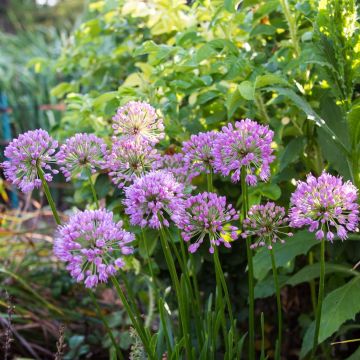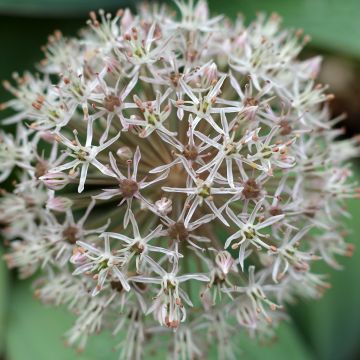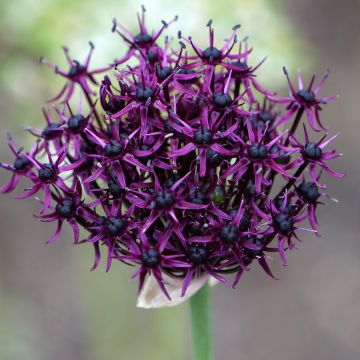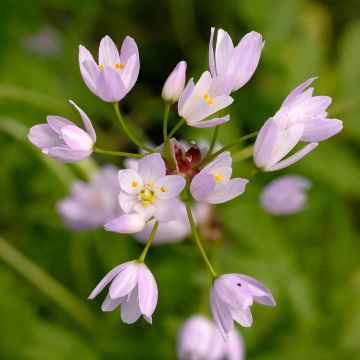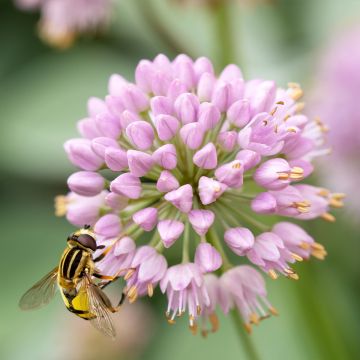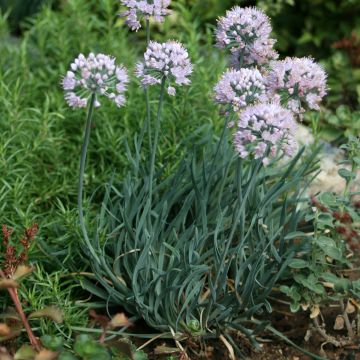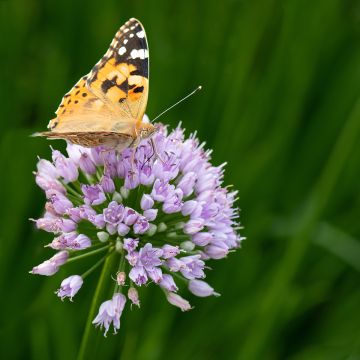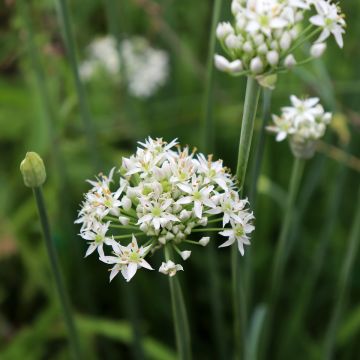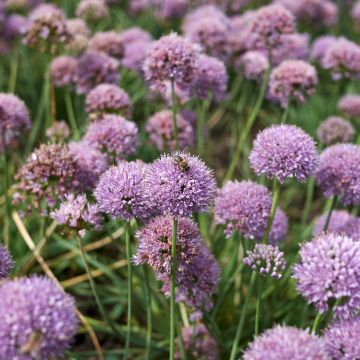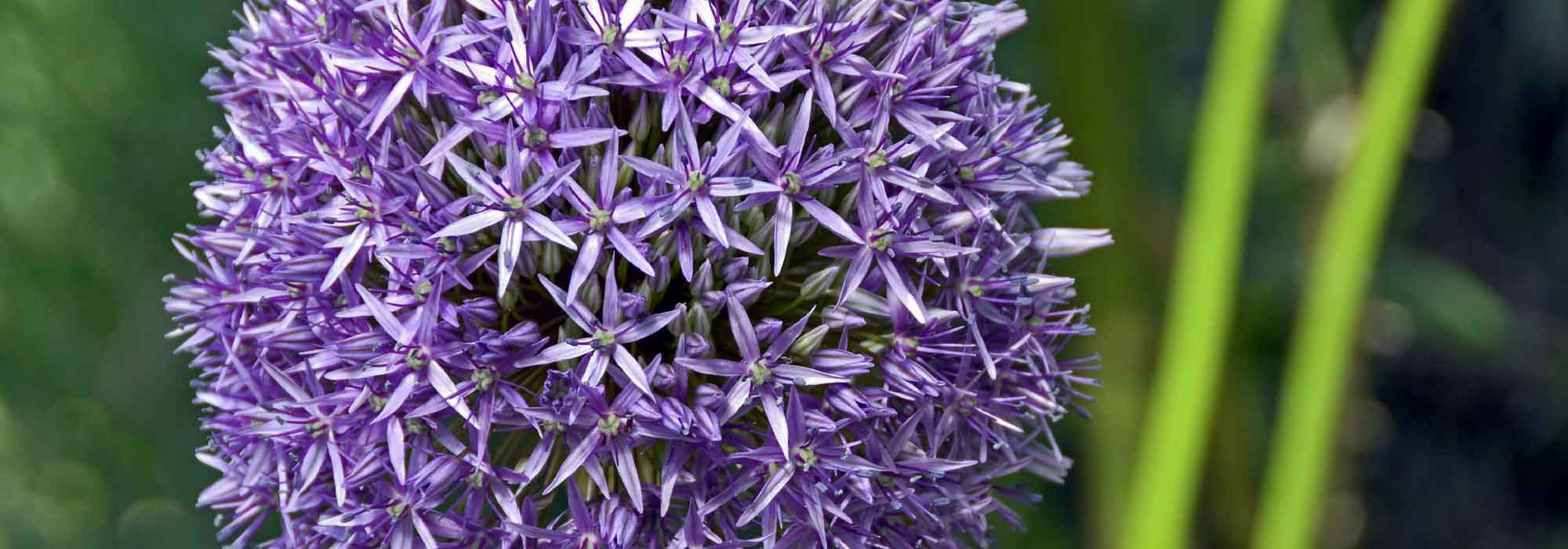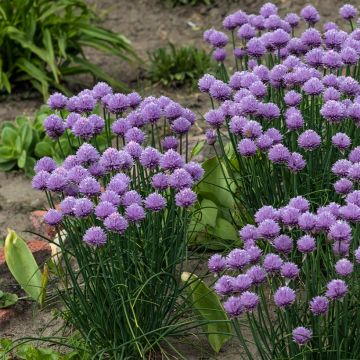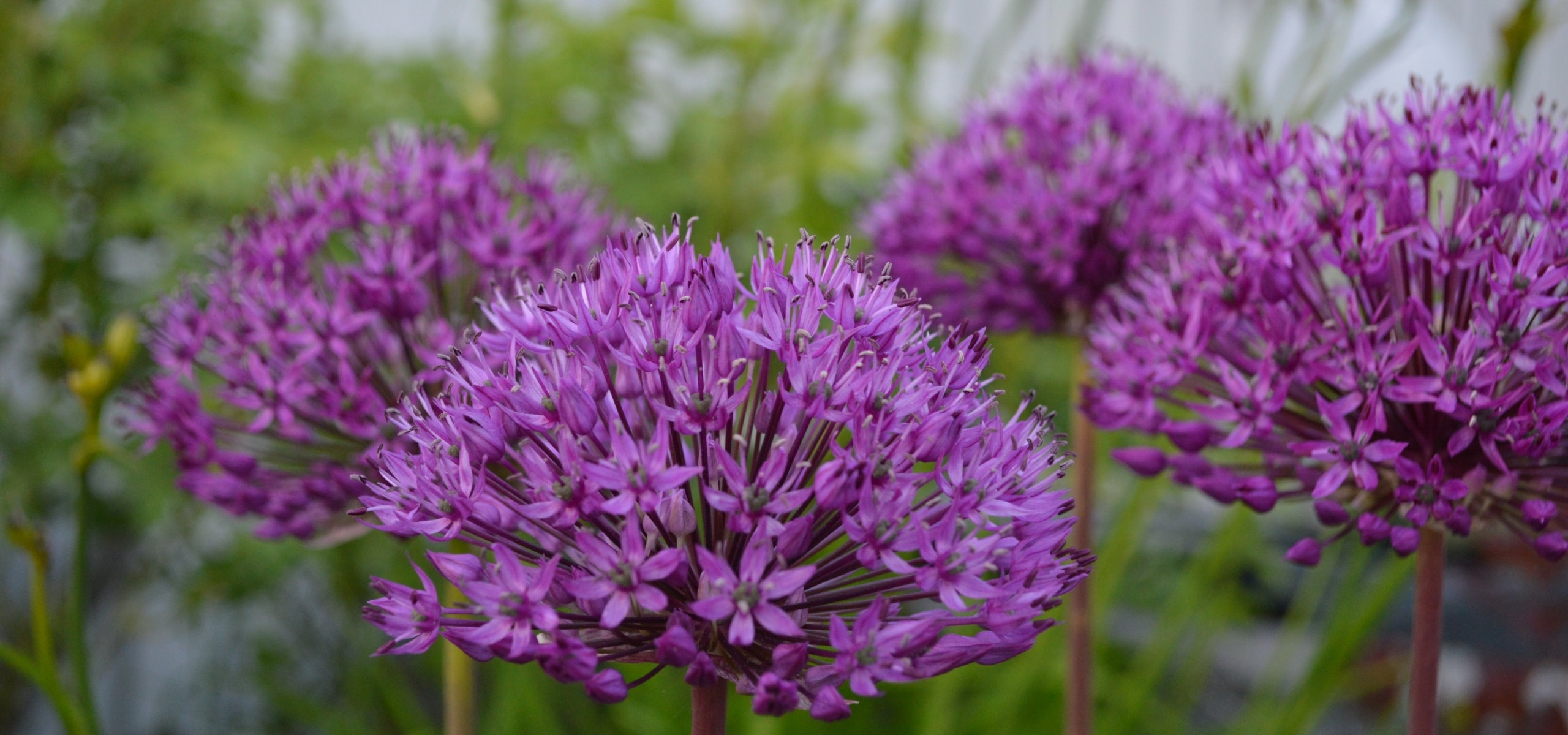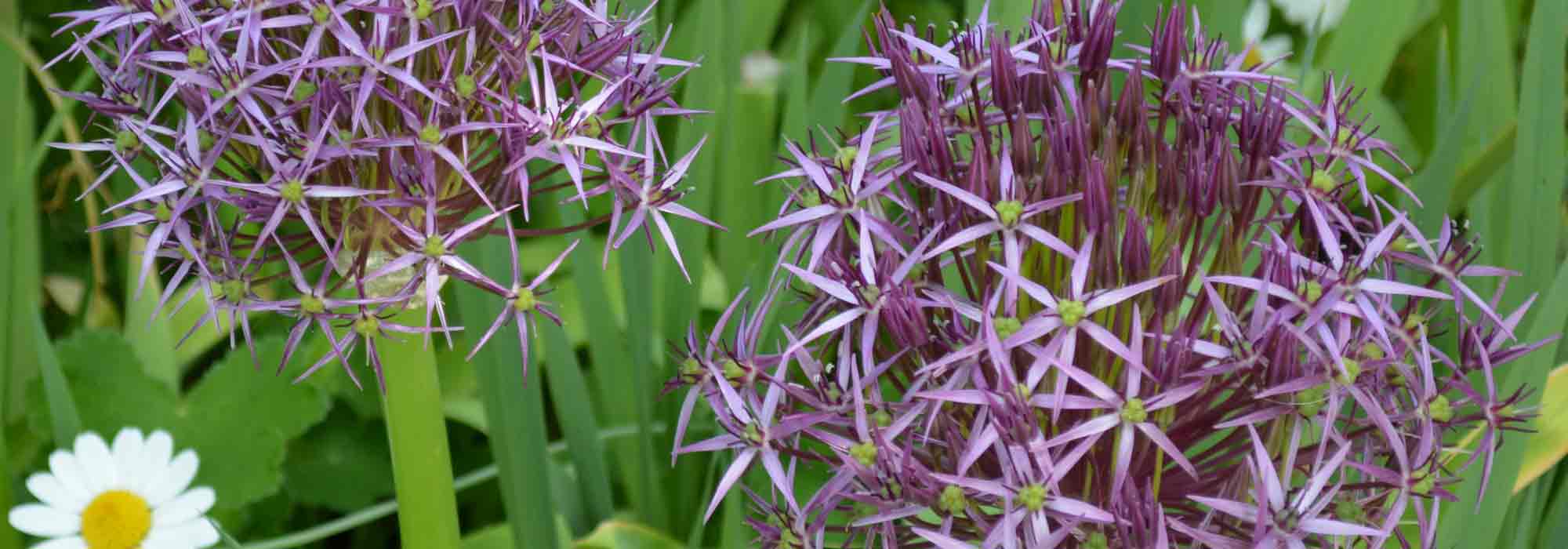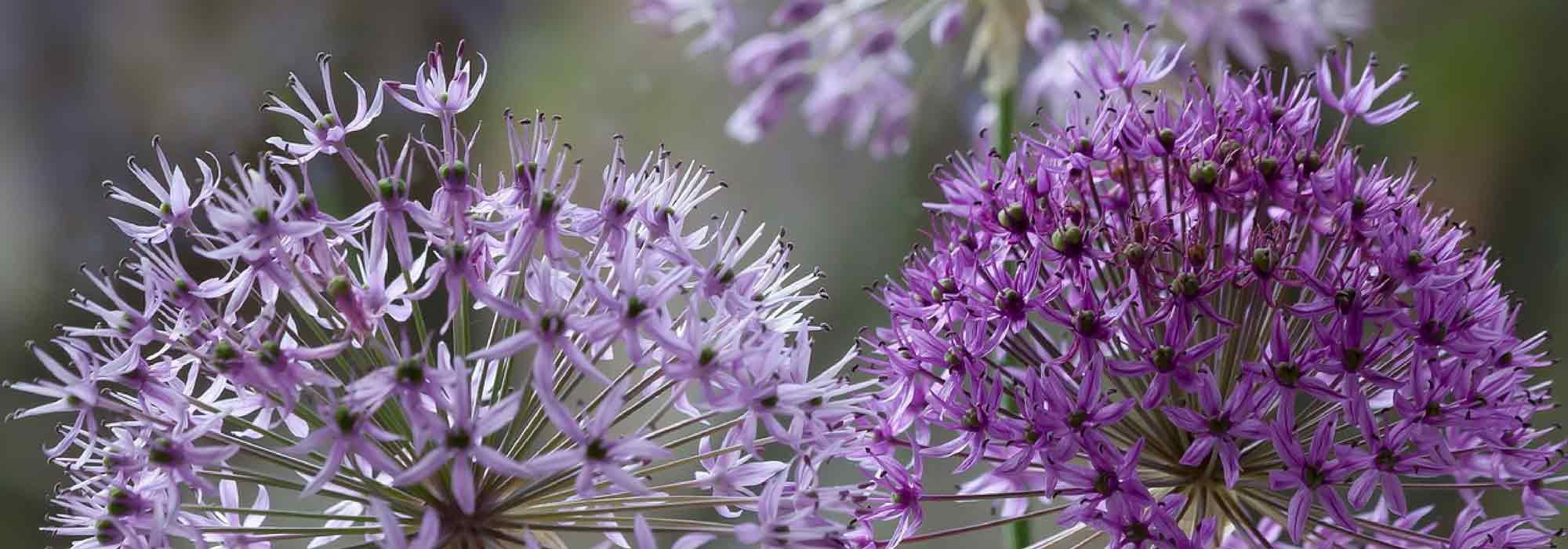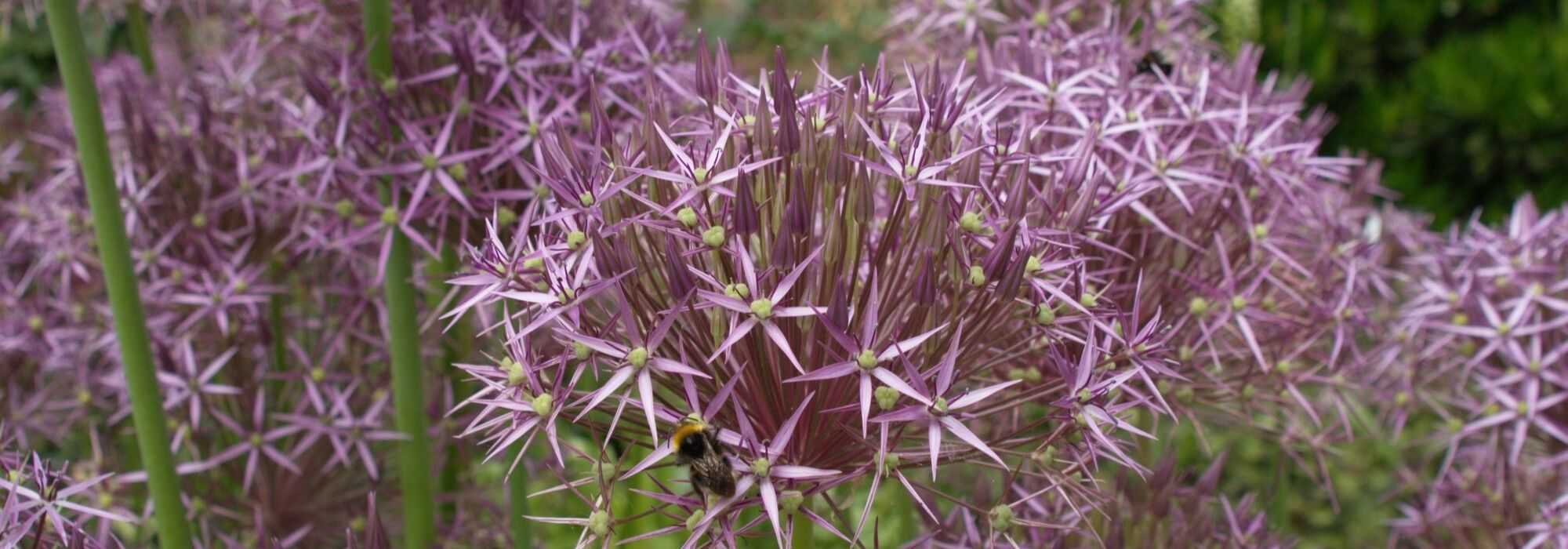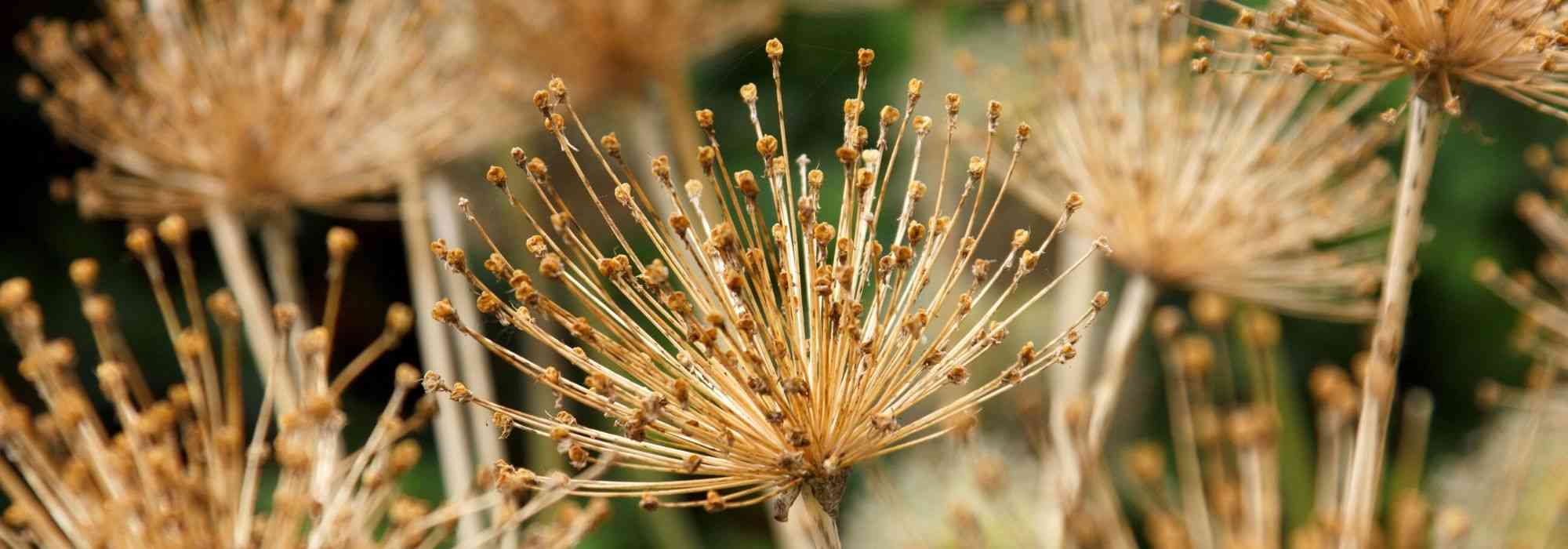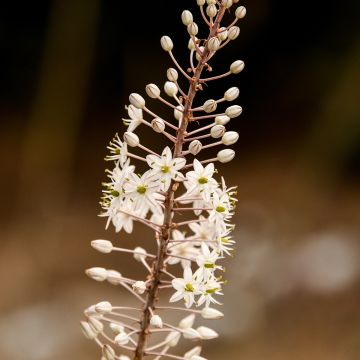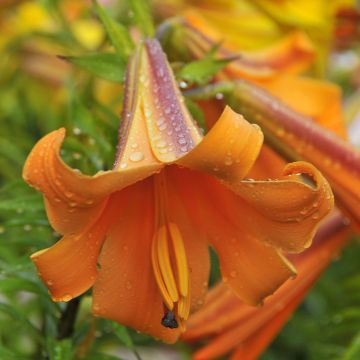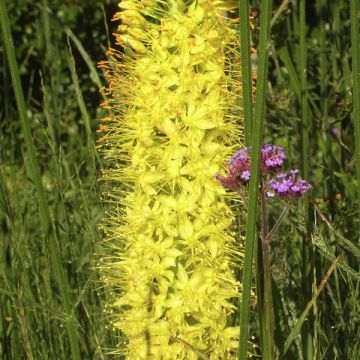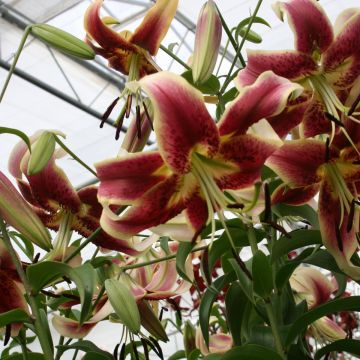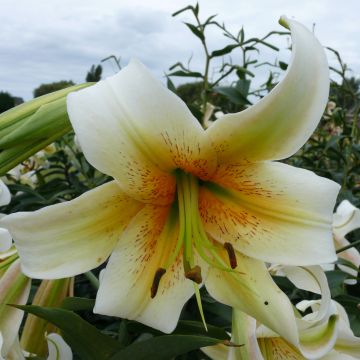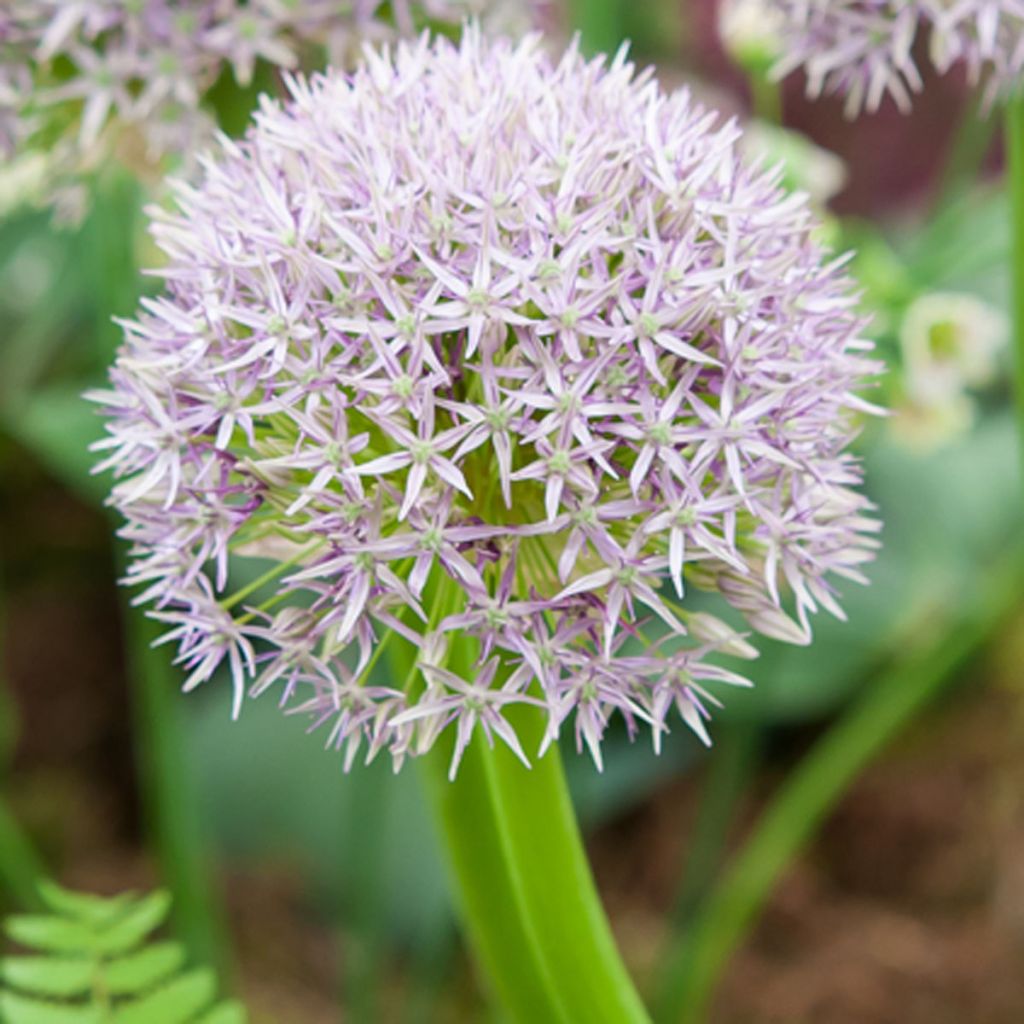

Ail d'ornement - Allium Round and Purple
Allium Round n Purple
Allium Round and Purple
Ornamental Onion, Flowering Garlic
Onion like the habit. Thin cardboard packaging, not suitable for lorry transportation.
Frederic, 09/10/2019
Special offer!
Receive a €20 voucher for any order over €90 (excluding delivery costs, credit notes, and plastic-free options)!
1- Add your favorite plants to your cart.
2- Once you have reached €90, confirm your order (you can even choose the delivery date!).
3- As soon as your order is shipped, you will receive an email containing your voucher code, valid for 3 months (90 days).
Your voucher is unique and can only be used once, for any order with a minimum value of €20, excluding delivery costs.
Can be combined with other current offers, non-divisible and non-refundable.
Why not try an alternative variety in stock?
View all →This plant carries a 6 months recovery warranty
More information
We guarantee the quality of our plants for a full growing cycle, and will replace at our expense any plant that fails to recover under normal climatic and planting conditions.

Would this plant suit my garden?
Set up your Plantfit profile →
Description
Allium 'Round 'n' Purple' is a spectacular variety of ornamental garlic with huge pale-lilac spherical inflorescences, 15cm (6in) in diameter. The flowers are very popular with pollinating insects. The blooms appear in late spring, at the top of thick and sturdy stems that are not afraid of rain or wind. Like many ornamental garlics, it thrives in full sun in well-drained, fairly rich soils that are not too wet in winter and are dry during the bulb's resting period.
Allium 'Round 'n' Purple' is a perennial herbaceous plant with a bulb, belonging to the Amaryllidaceae family. It is derived from A. giganteum, native to Eastern and Central Asia, from Afghanistan to Pakistan and Russia, as well as the Himalayas. It prefers a sunny exposure and light, well-drained, limestone soil. Its bulb is resistant to cold in soils that are not too wet, especially in winter and the second half of summer.
Similar to A. giganteum and A. 'Globemaster', this horticultural variety blooms earlier. Its inflorescences flower as early as May. Its airy and spherical umbels are formed by countless small star-shaped purple-lilac flowers carried on sturdy stems at a height of about 70 to 80cm (28 to 32in). The deciduous basal leaves are ribbon-shaped and bluish-grey. They emerge from the ground in early spring and dry up before the flowers appear. The flower heads have no fragrance. They remain decorative in flower beds once pollinated. The bulb replenishes its reserves after flowering and produces many bulbils, allowing it to multiply rapidly.
Planted individually, 'Round 'n' Purple' has little interest. However, it becomes quite remarkable when planted in groups of 3 to 5 bulbs in large flower beds with perennials in shades of pink and blue. Perfect in a contemporary-style setting, it is indispensable in a romantic mixed border, surrounded by a carpet of Nepeta 'Six Hill Giant', and accompanied by Stachys byzantina and Chinese peonies, for example. Plant it in front of a background of opulent pink-flowered roses such as Rosa 'Eglantyne', R. 'Heritage', or R. 'Mary Rose'. Consider pairing it with low-growing, bushy plants that will hide its base once the foliage has dried up. For a more dynamic effect, its flowers can structure a modern garden where various geometric shapes oppose each other. For example, it can be paired with Stipa tenuissima, lavender, and cone-shaped trimmed boxwoods. It can also be grown in pots to enjoy its beautiful flowering on a balcony or patio. Enhance your floral bouquets with its large flowers, or dry them for guaranteed originality.
Plant habit
Flowering
Foliage
Botanical data
Allium
Round and Purple
Alliaceae - Liliaceae
Ornamental Onion, Flowering Garlic
Cultivar or hybrid
Other Allium
View all →Planting and care
It is quite easy to grow in well-drained soil. Plant it preferably before the end of October so that it has enough time to establish itself. It dreads winter humidity, so give it a sunny spot in well-drained soil. It will grow in sandy or rocky soil, but not if its too poor. Plant it at a depth of 10 or 15cm (4 or 6in), spaced 15cm (6in) apart. For pot cultivation, water regularly as soil tends to dry out quickly in a container.
Planting period
Intended location
Care
Planting & care advice
-
, onOrder confirmed
Reply from on Promesse de fleurs
Similar products
Haven't found what you were looking for?
Hardiness is the lowest winter temperature a plant can endure without suffering serious damage or even dying. However, hardiness is affected by location (a sheltered area, such as a patio), protection (winter cover) and soil type (hardiness is improved by well-drained soil).

Photo Sharing Terms & Conditions
In order to encourage gardeners to interact and share their experiences, Promesse de fleurs offers various media enabling content to be uploaded onto its Site - in particular via the ‘Photo sharing’ module.
The User agrees to refrain from:
- Posting any content that is illegal, prejudicial, insulting, racist, inciteful to hatred, revisionist, contrary to public decency, that infringes on privacy or on the privacy rights of third parties, in particular the publicity rights of persons and goods, intellectual property rights, or the right to privacy.
- Submitting content on behalf of a third party;
- Impersonate the identity of a third party and/or publish any personal information about a third party;
In general, the User undertakes to refrain from any unethical behaviour.
All Content (in particular text, comments, files, images, photos, videos, creative works, etc.), which may be subject to property or intellectual property rights, image or other private rights, shall remain the property of the User, subject to the limited rights granted by the terms of the licence granted by Promesse de fleurs as stated below. Users are at liberty to publish or not to publish such Content on the Site, notably via the ‘Photo Sharing’ facility, and accept that this Content shall be made public and freely accessible, notably on the Internet.
Users further acknowledge, undertake to have ,and guarantee that they hold all necessary rights and permissions to publish such material on the Site, in particular with regard to the legislation in force pertaining to any privacy, property, intellectual property, image, or contractual rights, or rights of any other nature. By publishing such Content on the Site, Users acknowledge accepting full liability as publishers of the Content within the meaning of the law, and grant Promesse de fleurs, free of charge, an inclusive, worldwide licence for the said Content for the entire duration of its publication, including all reproduction, representation, up/downloading, displaying, performing, transmission, and storage rights.
Users also grant permission for their name to be linked to the Content and accept that this link may not always be made available.
By engaging in posting material, Users consent to their Content becoming automatically accessible on the Internet, in particular on other sites and/or blogs and/or web pages of the Promesse de fleurs site, including in particular social pages and the Promesse de fleurs catalogue.
Users may secure the removal of entrusted content free of charge by issuing a simple request via our contact form.
The flowering period indicated on our website applies to countries and regions located in USDA zone 8 (France, the United Kingdom, Ireland, the Netherlands, etc.)
It will vary according to where you live:
- In zones 9 to 10 (Italy, Spain, Greece, etc.), flowering will occur about 2 to 4 weeks earlier.
- In zones 6 to 7 (Germany, Poland, Slovenia, and lower mountainous regions), flowering will be delayed by 2 to 3 weeks.
- In zone 5 (Central Europe, Scandinavia), blooming will be delayed by 3 to 5 weeks.
In temperate climates, pruning of spring-flowering shrubs (forsythia, spireas, etc.) should be done just after flowering.
Pruning of summer-flowering shrubs (Indian Lilac, Perovskia, etc.) can be done in winter or spring.
In cold regions as well as with frost-sensitive plants, avoid pruning too early when severe frosts may still occur.
The planting period indicated on our website applies to countries and regions located in USDA zone 8 (France, United Kingdom, Ireland, Netherlands).
It will vary according to where you live:
- In Mediterranean zones (Marseille, Madrid, Milan, etc.), autumn and winter are the best planting periods.
- In continental zones (Strasbourg, Munich, Vienna, etc.), delay planting by 2 to 3 weeks in spring and bring it forward by 2 to 4 weeks in autumn.
- In mountainous regions (the Alps, Pyrenees, Carpathians, etc.), it is best to plant in late spring (May-June) or late summer (August-September).
The harvesting period indicated on our website applies to countries and regions in USDA zone 8 (France, England, Ireland, the Netherlands).
In colder areas (Scandinavia, Poland, Austria...) fruit and vegetable harvests are likely to be delayed by 3-4 weeks.
In warmer areas (Italy, Spain, Greece, etc.), harvesting will probably take place earlier, depending on weather conditions.
The sowing periods indicated on our website apply to countries and regions within USDA Zone 8 (France, UK, Ireland, Netherlands).
In colder areas (Scandinavia, Poland, Austria...), delay any outdoor sowing by 3-4 weeks, or sow under glass.
In warmer climes (Italy, Spain, Greece, etc.), bring outdoor sowing forward by a few weeks.






























